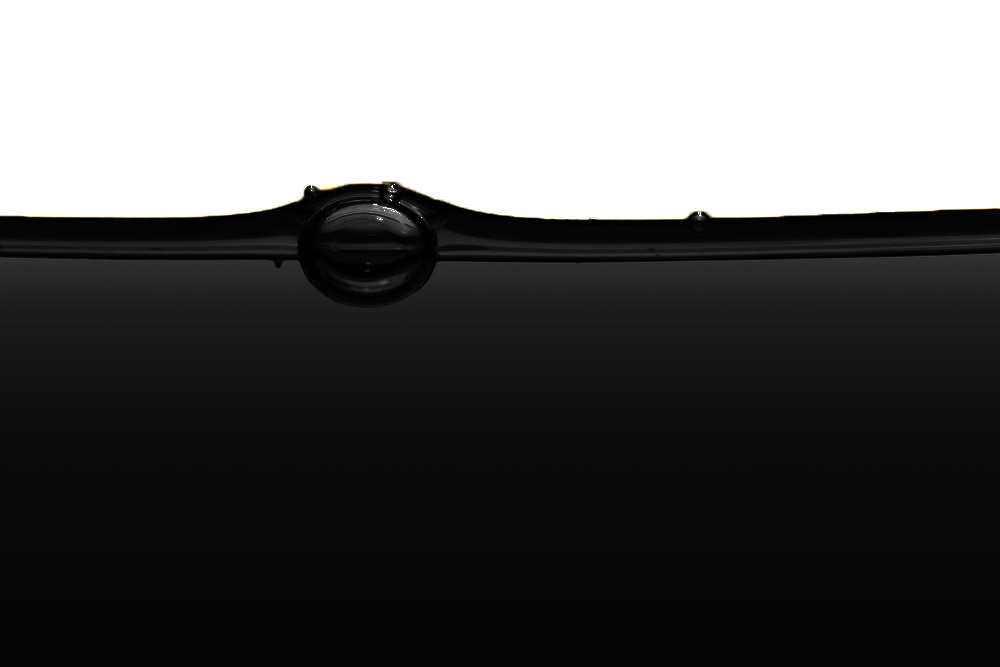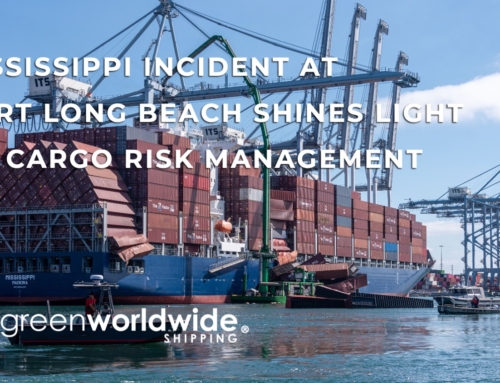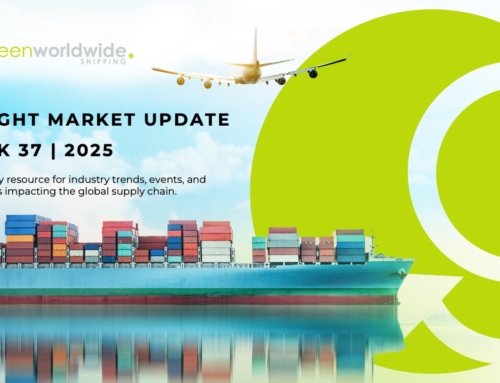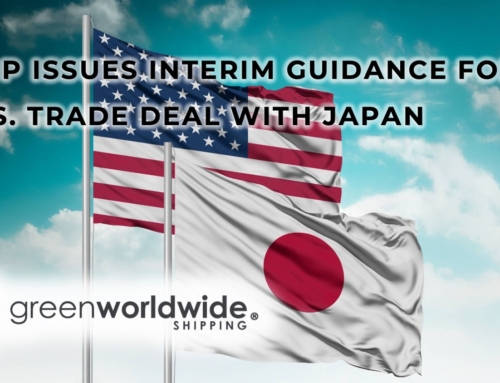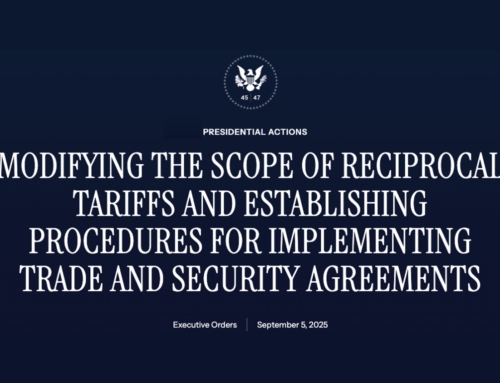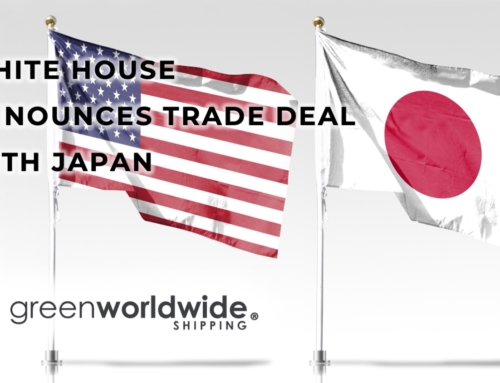Back in October 2016, at the 70th session of the International Maritime Organization’s (IMO) Marine Environmental Protection Committee (MEPC), the IMO announced the enforcement of a new regulation that would place a sulfur cap on fuel oil emissions known to damage wildlife, cause acid rain and respiratory ailments. Under the new rules, beginning January 1, 2020, ships must use fuel with a sulfur content no higher than 0.5% or contain equipment to clean its sulfuric emissions, known as a ‘scrubber.’ A drastic change from the current 3.5% sulfuric allowance, vessels failing to meet the standard will be declared ‘unseaworthy,’ lose insurance coverage, and face fines and penalties.
WHO WILL PAY THE PRICE?
Ultimately, consumers. Container carriers will face higher costs switching fuels and will either absorb the costs or pass them on to shippers, who in turn, would be forced to increase pricing across all ocean-moving cargoes. This forced switch from heavy fuels to distillate variations will increase demand for the new fuel and drive up the price.
WHAT’S TO COME
The IMO has warned that the regulation will be a brutal change for ships running on heavy fuel oil (HFO). Emergency bunker surcharges are even now being levied as the high cost of current fuel prices eat away at carrier profits. In an effort to curb extreme losses, steamship lines can increase freight rates, implement cost-reducing programs, and introduce emergency bunker recovery surcharges. Currently, several carriers that showed increasing revenues and volumes in the first quarter, also reported net losses; proving fuel price carries significant weight in profits.
The question remains, will carriers proactively address the issue in time to maintain capacity? Or, as with many marine regulations, will the response from industry be reactionary, taking vessels out of circulation?
SOLUTIONS
Either way, steamship lines will have two options, pay a premium for distillate, or adopt the use of exhaust cleaning systems, also known as scrubbers, to continue burning high-sulfur fuels and remain within sulfur fuel emission guidelines. But scrubbers are expensive, costing anywhere from $5-10 million per vessel with a return on investment of 20%-50%. With 70 percent of ships currently running on HFO, the demand for gasoline will skyrocket, making scrubber investments potentially cheaper in the long-run.
There are less than 18 months until the big switch and only time will tell if carriers can find profits for sustainability without disgruntling shippers.
As Green continues to monitor the situation, stay up-to-date on freight news by following us on Facebook, Twitter, and LinkedIn or, subscribe to Green’s Freight Talk blog to received updates directly to your email.

